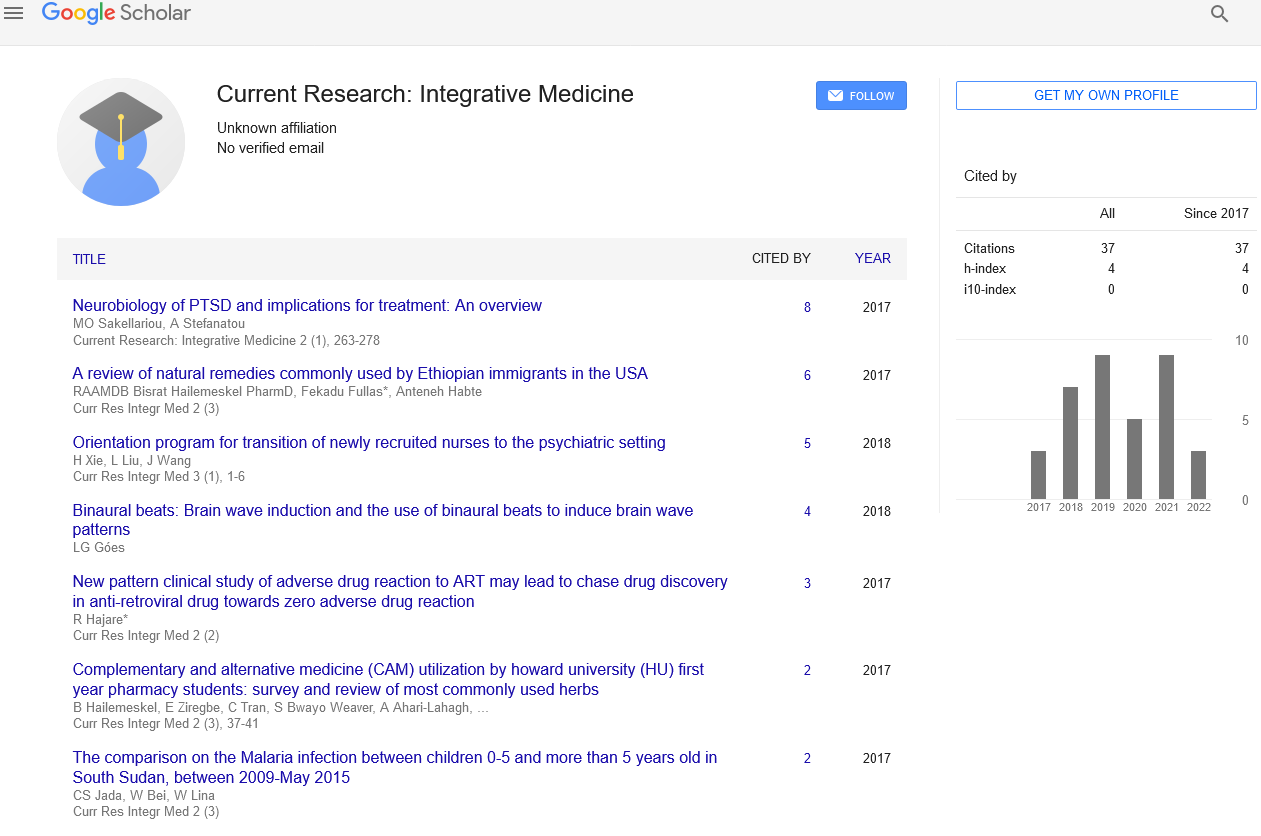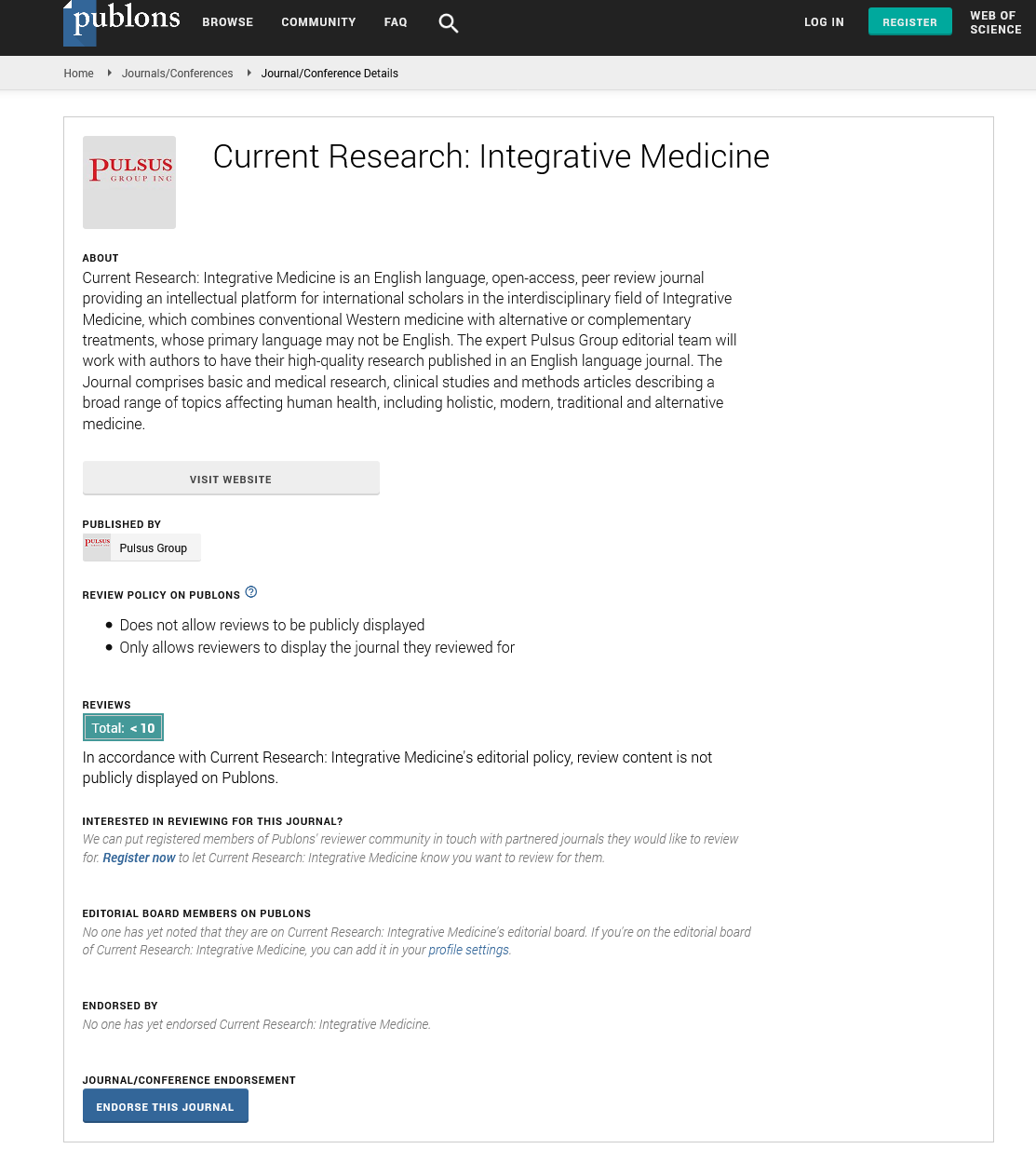Optimization of Indian Medicinal Plants for Development of Prominent Efficacious Herbal Anthelmintic
Published: 26-May-2022, DOI: 10.37532.2022.7.4
This open-access article is distributed under the terms of the Creative Commons Attribution Non-Commercial License (CC BY-NC) (http://creativecommons.org/licenses/by-nc/4.0/), which permits reuse, distribution and reproduction of the article, provided that the original work is properly cited and the reuse is restricted to noncommercial purposes. For commercial reuse, contact reprints@pulsus.com
Abstract
Prunus persica (L.) leaves and Trichosanthes dioica (R.) seeds are mentioned in various Asian traditional texts as a drug used for anthelmintic purpose ethno pharmacologically. The objective of the present study was investigation of anthelmintic activity of different extracts of P. persica leaves & T. doica seeds along with optimization of dose. Nematodes, Ascaridia galli were used to carry out experiments for anthelmintic activity. Piperazine citrate was used as a standard drug. Time required for paralysis and death (lethal time) of worms were noted for each sample of extracts of both plants as well as standard. The results demonstrated that treatment with both plant extracts significantly (P<0.01) paralyzed and killed A. galli. The activity was found to be increased with dose. Ethanol and ethyl acetate extracts activity at 60 mg/ml concentration were comparable to the well known anthelmintic agent Piperazine citrate (10 mg/ml). In conclusion, the use of the leaves of P. persica & seeds of T. dioica as a anthelmintic has been confirmed. Further studies were carried out by optimizing different ratio of ethanol extract of both plants in combination to get more prominent efficacy as a herbal anthelmintic by using minimum concentration of extracts of plants
Abstact
Prunus persica (L.) leaves and Trichosanthes dioica (R.) seeds are mentioned in various Asian traditional texts as a drug used for anthelmintic purpose ethno pharmacologically. The objective of the present study was investigation of anthelmintic activity of different extracts of P. persica leaves & T. doica seeds along with optimization of dose. Nematodes, Ascaridia galli were used to carry out experiments for anthelmintic activity. Piperazine citrate was used as a standard drug. Time required for paralysis and death (lethal time) of worms were noted for each sample of extracts of both plants as well as standard. The results demonstrated that treatment with both plant extracts significantly (P<0.01) paralyzed and killed A. galli. The activity was found to be increased with dose. Ethanol and ethyl acetate extracts activity at 60 mg/ml concentration were comparable to the well known anthelmintic agent Piperazine citrate (10 mg/ml). In conclusion, the use of the leaves of P. persica & seeds of T. dioica as a anthelmintic has been confirmed. Further studies were carried out by optimizing different ratio of ethanol extract of both plants in combination to get more prominent efficacy as a herbal anthelmintic by using minimum concentration of extracts of plants.
Biography
Dr. Nitin Kumar has completed his PhD in Pharmacy at the age of 34 years. He is working as an Associate Professor in Pharmacognosy department of I.T.S College of Pharmacy Ghaziabad, India. He has 10 years of professional experience in the field of Pharmacy. He has published more than 20 research papers in reputed International/National journals. He has guided more than 10 number of research scholars of reputed Pharmacy Institutes and Universities of India.






